Texas has a rich history of ancient cultures which includes beautiful rock art, archeological dig sites with stone tools and arrowheads, baskets, pottery and lots more. We will start our adventure with the basic Cultural Periods with some photos of artifacts you will find at Sibley Nature Center. Photos of artifacts are courtesy of Michael Nickell, Museum Scientist at Sibley Nature Center. Scroll down for more information.
Michael, Sibley Nature Center’s Musuem scientist is at it again, teaching our new trainees for 2022 how to use the atlatl and rabbit stick! Much fun was had by all, but we often went hungry! Thanks to Ken R. for the excellent photos.

Michael N. shows how to use atlatl 
Michael demos rabbit stick 
Angela tries the atlatl 
Angela lines up the rabbit stick 
Bryan takes aim with the rabbit stick 
Debbie has flair with the rabbit stick! 
Debbie tries the atlatl 
Kristin shows determination with the atlatl 
Kristin tries the rabbit stick 
Susan lines up the atlatl 



Valerie tries the atlatl 
Valeries takes aim with the rabbit stick 
Michael aims for that baby sloth! 
Bryan shows style with the atlatl!
Download and print the Unit 2 Curriculum Guide to prepare for the Online Unit 2 Curriculum Review which will be sent out after the Archeology Session. It will also help with note taking during the presentations.
Paleoindian Period (12,000-8500 BP)
This stage is characterized by the use of spears with fastened projectile points used with the early atlatl, no permanent settlements, and family groups of 15-25 traveling in search of wild plant food and hunting mammoths, mastodons and ancient bison.
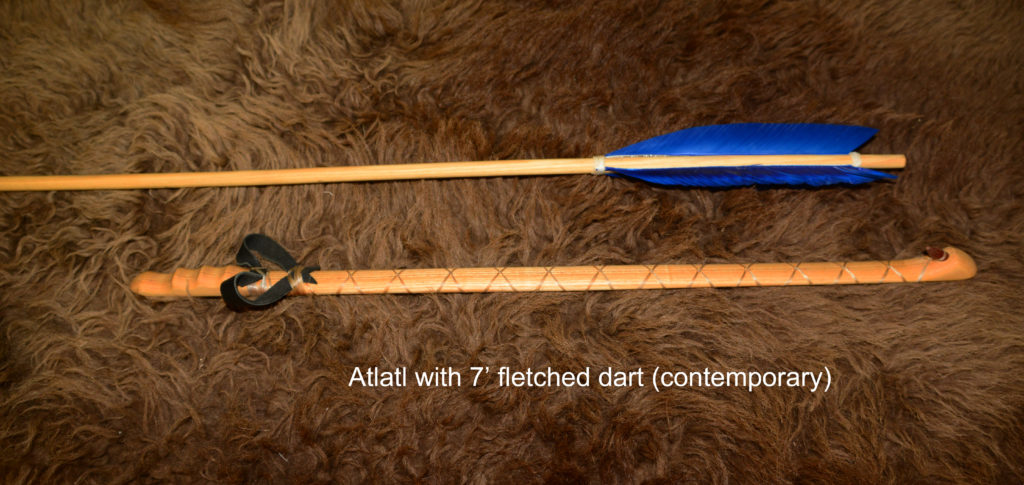

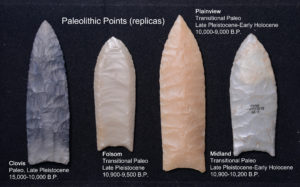
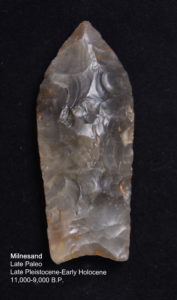
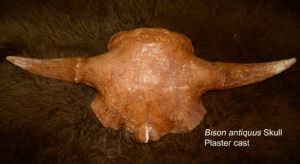
Archaic Period (6500 B.C.-500 A.D.)
This stage is characterized by changes due to drought and include the development of hot rock cooking for plants, use of manos and metates for crushing seeds, large size dart points used for the hunting of smaller game like deer, basketry and matting technology (dried pumpkin or squash dried and woven into mats as food), stashing of chert biface caches and use of snares and traps for birds and small game. Atlatls continued to be used though corner or low side notched points dominated with bulbar stems.
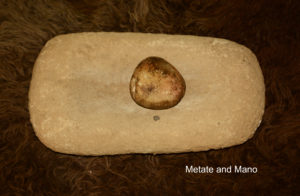
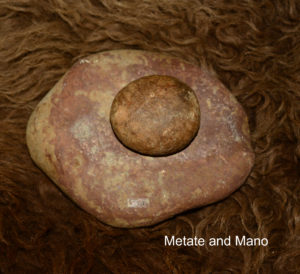

Late Prehistoric Period including the Early Ceramic Period (A.D. 500 to 1200) Middle Ceramic Period (A.D. 1100 to 1500) and Late Ceramic Period (A.D. 1500 to 1750)
This stage is characterized by the development of bows and arrows, horticultural practices, semi-permanent homes, increasing sedentary lifestyles, development of trade relations with distant groups for exotic items and ceramic technology (pottery). It is also marked by the return of bison due to wetter climate.
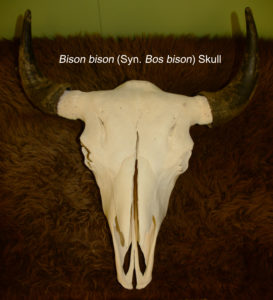
Historic Period including the Equestrian Nomad Period (A.D. 1680/1720 to 1873) and Historic Settlement Period (A.D. 1873 to Present)
This stage is characterized by indigenous peoples of Texas coming in contact with Euro-American groups, exposure to new diseases, access to domesticated animals, new technologies of metal implements, dyed fabrics and influx of Apaches and Comanche to the Southern Plains. Later had the influx of Hispanic shepherds, ranchers and settlers.
Rock Art in Texas

Until recently, few people knew that Texas is home to one of the largest and most diverse bodies of rock art in the New World. See the Witte Museum for one of the most interesting sites called the White Shaman Preserve. Check out this interactive Texas map for significant archeological sites. This link is recommended by the textbook: Texas Beyond History.
Artifacts, Ecofacts or Ventifacts?
An artifact is an object produced or shaped by human craft, especially a tool, weapon, or ornament of archaeological or historical interest. An ecofact is an excavated piece of evidence consisting of natural remains such as plants or skeletons. A ventifact is a stone that has been shaped or polished by wind-driven sand.
















